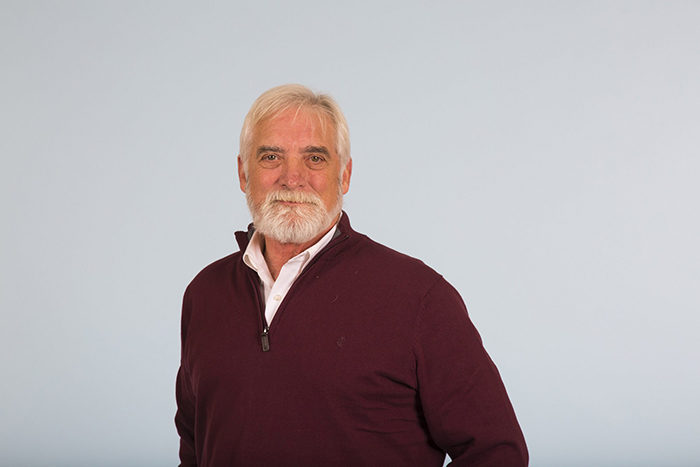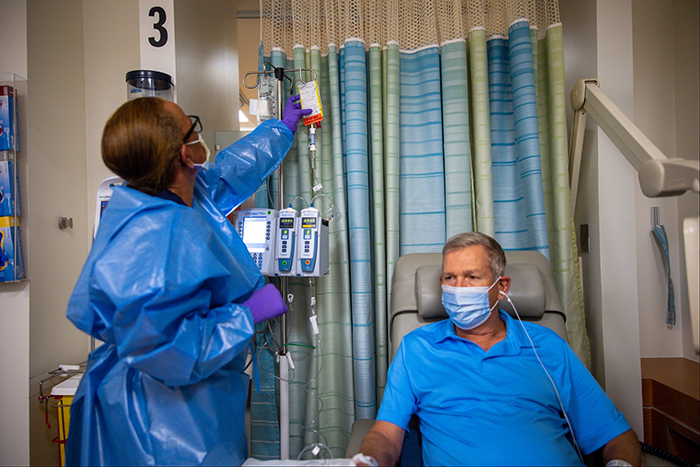How Emory Doctors Developed a New Electricity-Based Technique To Help a ‘Hopeless’ Patient
Elberta's cardiologist delivered the news compassionately but directly. There was nothing else he could do for her. Elberta had undergone a triple bypass in 2008 following a heart attack, but now, two of the four main valves in her heart were failing. She needed another open-heart surgery, but she was no longer a candidate due to her age.
 That’s how Elberta found her way from Orange Park, Florida, to the offices of Adam Greenbaum, MD, and Vasilis Babaliaros, MD, at Emory University Hospital Midtown. Both Drs. Greenbaum and Babaliaros are cardiovascular specialists at Emory Heart & Vascular and leaders in structural heart disease care. Dr. Greenbaum immediately recognized Elberta as a good candidate for TAVR, a procedure pioneered at Emory. He hoped the new valve would give her the relief she needed.
That’s how Elberta found her way from Orange Park, Florida, to the offices of Adam Greenbaum, MD, and Vasilis Babaliaros, MD, at Emory University Hospital Midtown. Both Drs. Greenbaum and Babaliaros are cardiovascular specialists at Emory Heart & Vascular and leaders in structural heart disease care. Dr. Greenbaum immediately recognized Elberta as a good candidate for TAVR, a procedure pioneered at Emory. He hoped the new valve would give her the relief she needed.
Unfortunately, the TAVR procedure didn’t address all of Elberta’s conditions. She still suffered from the deterioration of the mitral valve and had hypertrophic cardiomyopathy, a condition that, over time, can keep the heart from taking in or pumping out enough blood during a heartbeat for a person’s body. Together, these conditions greatly reduced the blood flow from Elberta’s heart, and the enlarged muscle also blocked the space needed for a new mitral valve.


 Drs. Greenbaum and Babaliaros had been thinking about a new approach in collaboration with
Drs. Greenbaum and Babaliaros had been thinking about a new approach in collaboration with  “We are able to offer these patients literally what no one else can,” said
“We are able to offer these patients literally what no one else can,” said 

